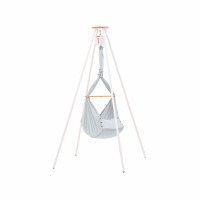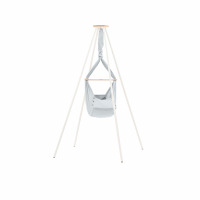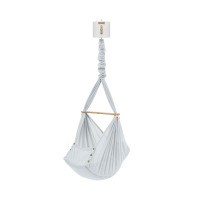Understanding sleep associations for babies: the good, the bad, and the balanced approach
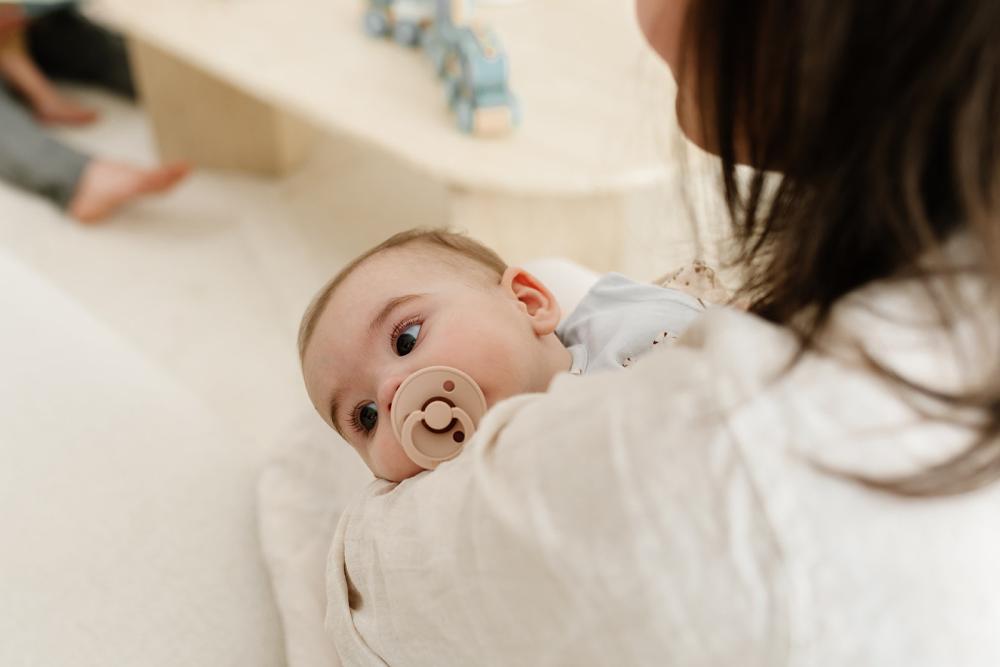

Oh, the joys and challenges of parenthood! And there seems to be no greater challenge than understanding infant sleep. One of the key concepts that parents often grapple with is the idea of ‘sleep associations’ – simply speaking, these are all the things that your baby associates with sleep, and thus learns to need before they can go to sleep.
Most babies aren't born with great self-soothing skills. They're used to the cosiness, the warmth and the soft, bouncing movements of mommy's tummy. That's why most babies have trouble falling asleep on their own and linking sleep cycles independently. Many parents find that their baby falls asleep easily when being held and rocked, but wakes up immediately when put down. The first few weeks in the newborn stage are known to be especially challenging. But don't worry: that's completely normal and better sleep is coming. Sleep associations are here to help as your baby learns healthy sleep habits.
Sleep associations include the sleep environment you create and the bedtime routines you adopt. And they can be deemed positive or negative depending on how successful they are not just at getting baby to sleep in the first place, but also how well they teach your little one to self-soothe and get themselves back to sleep when they wake up. That first step to unbroken nights and the holy grail of early parenthood!
So, let’s take a look at some common sleep associations and the way they significantly impact a baby's sleep patterns and overall well-being, what makes some sleep associations positive and others negative.
And top tip, find out why a baby hammock, when used appropriately, can be a great sleep association during the day, even if your baby sleeps in a flat cot at night.
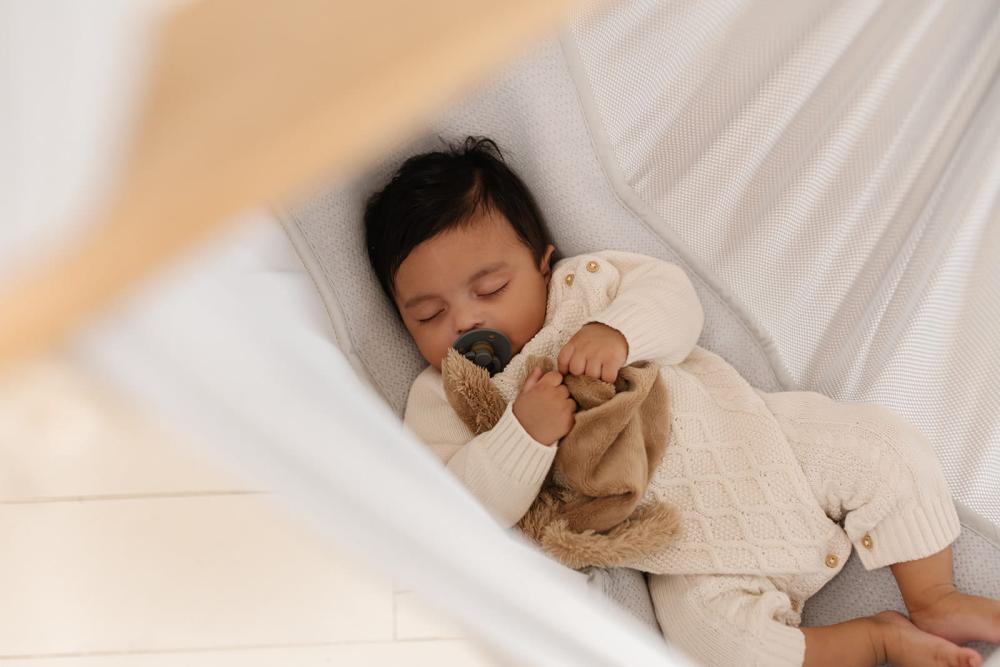

What's the difference between positive and negative sleep associations?
Positive sleep associations: the ones that work for you
Positive sleep associations are all those soothing things that help babies develop healthy sleeping patterns. They include a consistent bedtime routine and early nights to avoid having an overtired, grouchy baby.
Putting your baby to bed drowsy, then just leaving the room, can get them used to the idea that they can fall asleep on their own. If that’s too big a step, then just sit quietly in your baby's room until they’re asleep, then creep out!
Other positive associations might include gentle rocking, soft music, a dark room, white noise or a favourite blanket or toy at bedtime. These all create a calm and comforting environment that makes for a smooth transition from wakefulness to sleep, leading to longer and more restful slumbers. Most importantly, they’re teaching your baby that bodily contact with you is not essential for sleeping!
Negative Sleep Associations: The ones that work against you
On the flip side, negative sleep associations are those that lead to unhealthy sleep patterns. The baby who wakes up frequently during the night and then can’t fall back to sleep without constantly needing those external stimuli they now associate with falling asleep.
It’s all too easy to create a negative sleep association without realising you’re doing so. Usually through applying solutions that seem to work in the short term. Like constantly popping in to check on whether they’re asleep and fussing with blankets, making a habit of nursing or bottle-feeding as a sleeping aid or becoming dependent on car rides or stroller walks as the only way to get them to nod off.
While these strategies might offer immediate relief, they can really hinder the development of a baby's self-soothing abilities, potentially leading to sleep disturbances going on for far longer than they need to.
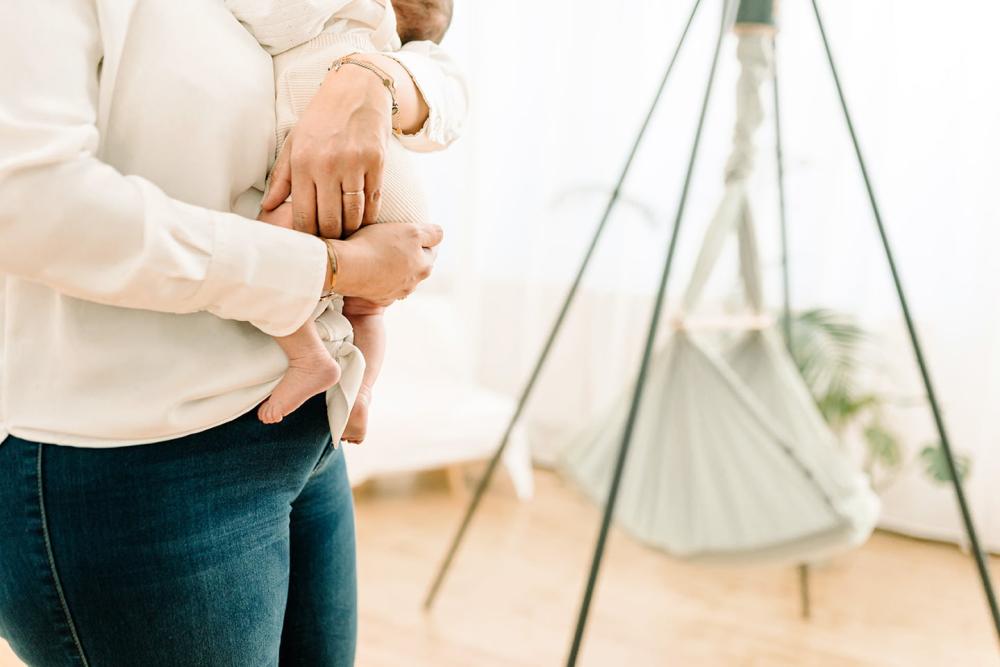

How a Baby Hammock Helps:
Handy hint. You might not think of a baby hammock as a nighttime sleep aid. But used wisely, that’s exactly what it can be.
Because baby hammock can help create positive daytime sleep associations. The soft fabric provides a cozy and womb-like environment. And the gentle swaying mimics the rocking motion that makes them feel so safe and secure when carried by you.
A hammock can quickly soothe a fussy baby, promote relaxation and encourage daytime naps, without making your baby dependent on it for nighttime sleep. And research has shown that babies who nap well during the day also tend to sleep well or at least better at night.
So, it can actually offer several positive benefits when used thoughtfully.
The Balanced Approach to Sleep Associations:
Healthy sleeping habits are the best gift you can give your baby. (And yourself!) To achieve that, it’s all about striking a balance between creating soothing associations and developing your little one’s independent sleep skills. As you’ve just read, there are both positive and negative sleep associations your baby can pick up, so choose your bedtime routines carefully. Eventually, you want to encourage those self-soothing behaviors that foster independent sleep.
Introducing a baby hammock as a daytime sleep aid, while you maintain a consistent nighttime routine with a flat cot, can play a big part in this balanced approach. By creating an association with nap-times, you’re helping your baby learn the important difference between daytime and nighttime sleep.
As you explore the mysterious realm of infant sleep, you’ll find that an understanding of sleep associations is essential for success. Once you know how they impact on a baby’s sleep patterns, you’ll know which ones to adopt – the positive associations – and which are the negative associations to steer clear of. By choosing well, you’ll be encouraging your baby’s own independent sleep skills, so good for their healthy development and overall well-being. And so good for your own well-being, too!

